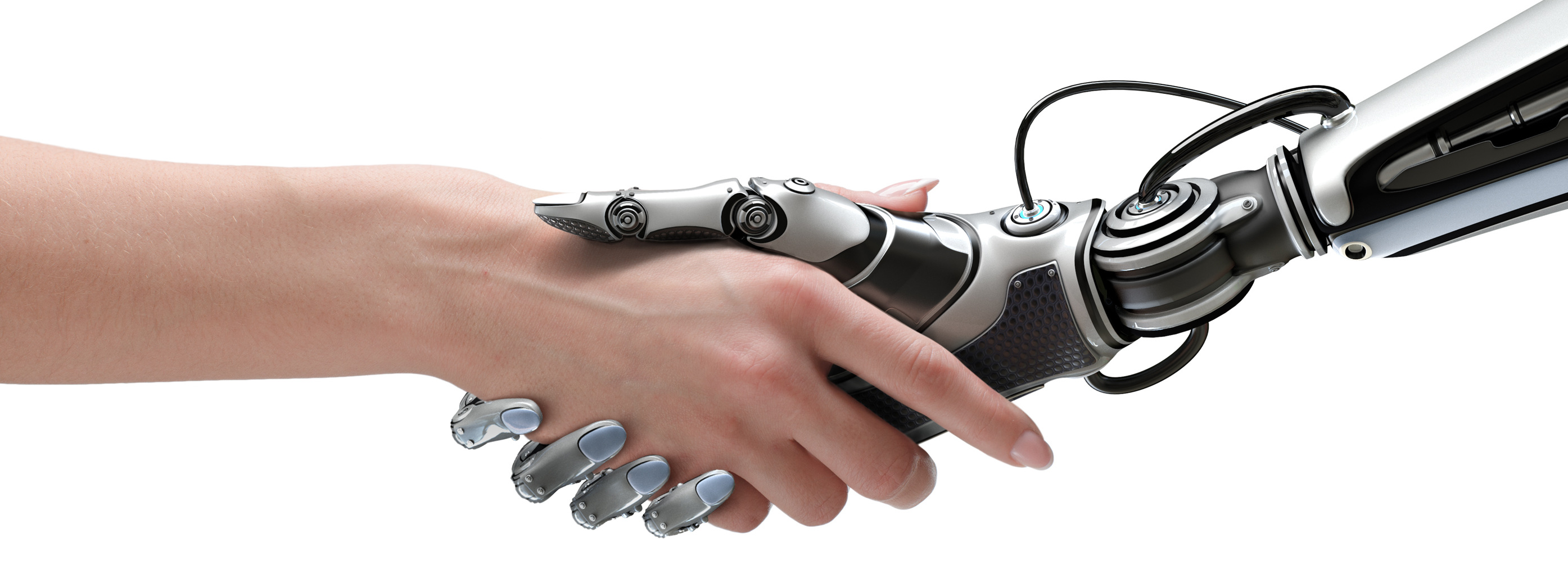Is it the Dawning of the Age of AI in Medicine?
Is medicine (and the greater world) entering a new dawn of artificial intelligence and technology? If so, will these AI technologies only assist doctors or will they replace physician in some tasks?
By Peter Karth, MD, MBA –
“The role of the radiologist will be obsolete in five years…there’s no reason a human should be doing [diagnostic radiology].”-Vinod Khosla, famed health tech venture capitalist
Medicine has come unimaginably far over the last century, driven by brilliant committed people and technology. In the last 20 years, we have seen the introduction of monoclonal antibody drugs, robotic surgery, and astounding intravascular treatments. All of medicine is entering a renaissance with a multitude of minimally invasive techniques and advancements.
As we see the ‘old fashioned’ physical exam go by the wayside as technology supplants and enhances our diagnostics by leaps and bounds. With cheap and plentiful EKG machines, how much less do we rely on a stethoscope? With the introduction of telehealth solutions, sometimes the physical exam is totally forgone.
Is medicine entering a new dawn of AI?
As we look at this emerging technology, we can ask ourselves: Is medicine (and the greater world) entering a new dawn of artificial intelligence and technology? If so, will these AI technologies only assist doctors or will they replace physician in some tasks? What does this mean for doctors, nurses, and the future of medicine? Here are some of the things we are already seeing:
- GoogLeNet AI reviewed thousands of medical images supplied by a Dutch university and was able to identify malignant tumors in breast cancer images with an 89% accuracy rate, compared to 73% for its human counterparts. –Detecting Cancer Metastases on Gigapixel Pathology Images, Google/Alphabet
- A neural network algorithm proves to be more sensitive than experienced radiologists for detecting thyroid nodules in ultrasound imaging. –American Journal of Roentgenology, 2016
- A Google team used AI to interpret and grade retinal images of diabetic retinopathy at least as accurately as a cohort of ophthalmologists. The algorithm diagnosis was compared to the majority decision of at least 7 board-certified ophthalmologists. The algorithm attained sensitivity of 97.5% and 96.1% with a specificity of 93.4% and 93.9%, yielding a negative predictive value of 99.6-99.8%. –JAMA, Development and Validation of a Deep Learning Algorithm for Detection of Diabetic Retinopathy in Retinal Fundus Photographs, 2016
There is no doubt that artificial intelligence (AI) holds great promise in medicine. Machine learning and deep learning, sub-fields of AI, are of particular interest. In areas such as pathology and radiology, pattern recognition is the basis for making a diagnosis. As we see in the studies above, machines are exceptional at recognizing ever more complicated patterns, at a complexity that has only been possible by humans up until now. Furthermore, machines are of course faster and more consistent, without work hour rules, overtime costs, or costly benefits. Machines never get tired, distracted, emotional, or careless.
In fields such as radiology, pathology, dermatology, and ophthalmology, physicians rely heavily on pattern recognition for diagnosis. Many conditions in these fields can be diagnosed with imagery alone (without patient interaction), and still more with the addition of modern multimodal imaging.
Will machines replace physicians?
As we have seen previously in history, an initial response to machine learning advances in medicine is often one of concern that they will eventually replace physicians. It is quite true that significant disruptive technology can often cause reorganizations and disruptions in the workplace and physicians are not immune to this. As physicians, we should look critically into the future to how these assistive technologies will affect us as physicians and adjust accordingly.
Consider this dire prediction in the field of diagnostic radiology: “They should stop training radiologists now,” said Gaeoffrey Hinton, an AI computer scientist at the University of Toronto. Now, that’s a bold and likely overreaching statement, but it is a look into the minds of some AI researchers. One thing is certain: These technologies are coming, and stonewalling will never be successful in the long term, nor is it in the best interest of patients. Just look at the taxicab industry and Uber.
At this point, it’s important to understand that these revolutionary technologies are being developed to aid clinicians and are neither intended to nor will they likely replace physicians in meaningful tasks. Take the example of diabetic retinopathy, one of the fastest growing and leading causes of blindness worldwide. A Google team has identified this significant unmet need that physicians and the current healthcare system are not fulfilling. At this point, the widespread deployment of a deep-learning-based diabetic retinopathy screening program makes the most sense in areas where an eye care provider may not be present or too difficult to visit. When these underserved populations begin to have access to screening care, the technology can determine which patients have real referable pathology, leading to physicians seeing more patients with true pathology and less healthy patients, which in the end provides earlier detection of referable diabetic eye disease, and decreases overall healthcare costs.
This concept applies to other areas of medicine as well. The goal should be to match the skill level with the level of complexity: Machines can begin to do simple screening tasks while physicians can use their skills on truly complex pathologic cases. For example, imagine if every patient sent to see a physician needs a procedure or needs face-to-face counseling for a new diagnosis. The biggest ‘threat’ to physicians and nurses is with low skilled repetitive tasks that are often frankly ‘mind-numbing’ to skilled providers. It’s likely that assigning AI to deal with these tasks may actually improve the quality of life of providers, reducing total workload, stress, and work hours.
The introduction of assistive or ‘smart’ screening programs is very likely to increase, not decrease, the volume patients with real disease that need a physician’s or surgeon’s expertise into clinics as a result of capturing a greater portion of the afflicted patient population not currently receiving recommended screening measures. Think of it as increasing the size of the pie. Clearly, they will increase the pathologic load sent to doctors for treatment and management, thereby increasing the efficiency of our time and of the healthcare system.
Will a machine diagnose as well as a physician?
Physicians have asked the question “will a machine diagnose as well as a physician?” We are one step closer to knowing that answer and it looks as though the answer may be ‘Yes,’ especially for pattern recognition based diagnosis or diseases which can be detected on imaging. Today, with machine learning showing promise across our society and in many areas of medicine and life, it perhaps is becoming clearer the role that AI will have.
To be clear, AI in medicine is in its very early infancy; there is no system FDA approved for stand-alone final diagnosis. There is much work yet to do in this area and it’s unclear how it will eventually fall into place. Doctors and nurses now need to be asking ourselves, how do we utilize these AI based systems to provide the best care possible to our patients? Also, how can we take a meaningful role in the development of these systems so our patients can have a voice in the future of medicine?
Source:









